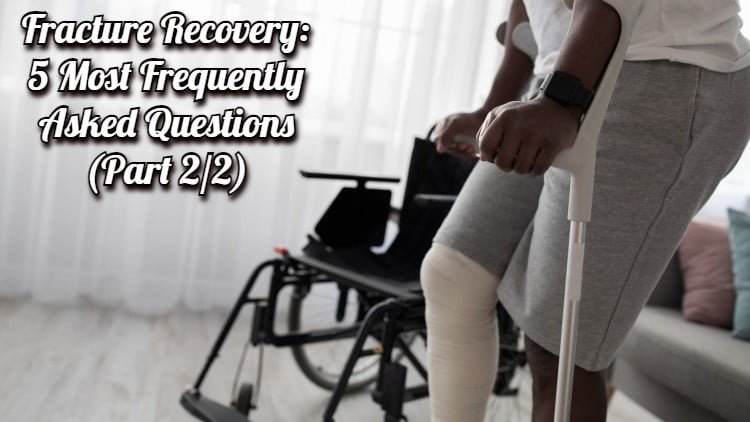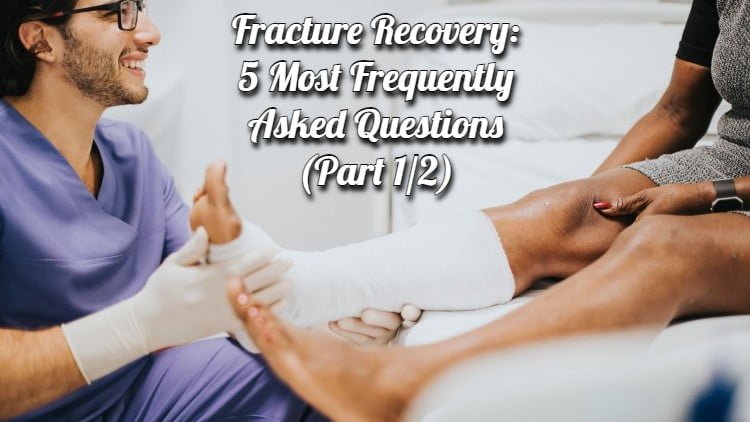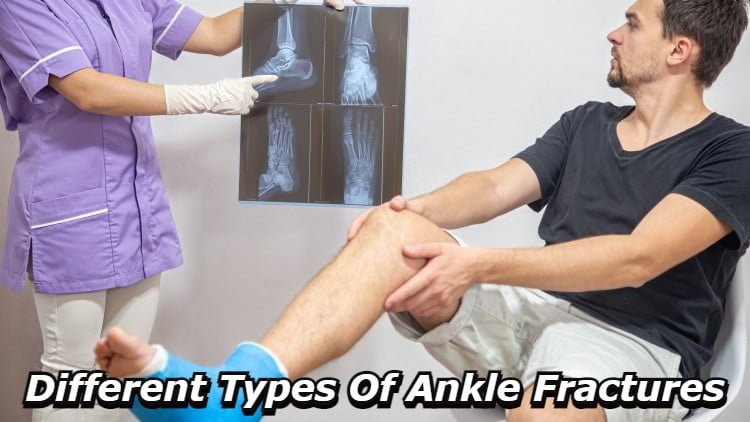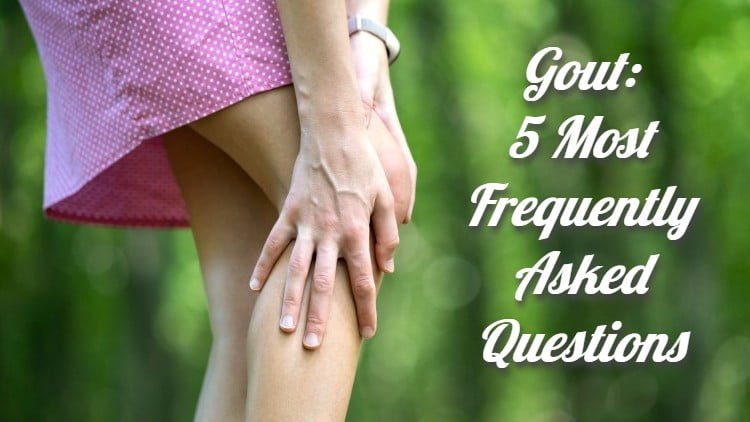Arthritis pain is a common occurrence in many age brackets, especially those who are over 50. Managing the pain can be a challenge. The most important thing is to not ignore the early symptoms of arthritis, else it may become worse. Here are some of the ways that can help you get rid of arthritis pain:
Use ice or heat
Ice can reduce inflammation, while heat helps with muscle aches and stiffness. Apply ice for 15 minutes every two hours. If you have never used heat before, apply heat for 30 minutes at a time before increasing the length of time.
Exercise regularly
Exercise helps keep your joints moving and can reduce stiffness and pain in your joints. Make sure that you talk to your doctor before starting an exercise program if you have osteoarthritis or rheumatoid arthritis because he may recommend a modified exercise plan based on your condition.
Stop smoking
Don’t smoke cigarettes or use other forms of tobacco products since they can increase your risk of developing rheumatoid arthritis and worsen its symptoms. If you’re already diagnosed with rheumatoid arthritis, quitting smoking may help relieve some of your symptoms.
Massage sore muscles with essential oils
Massaging sore muscles with essential oils helps improve blood circulation in affected areas which reduces inflammation, pain, and stiffness caused due to arthritis. You can use any essential oil such as lavender, frankincense, rosemary, or eucalyptus depending on your preference.
Eat healthy foods
You should eat as many fresh and whole foods as possible. You should also avoid processed foods, especially those that contain preservatives and artificial ingredients. Eating healthy foods will help keep inflammation down, which will help relieve some of your back and joint pain.
Stay hydrated
Drinking plenty of water can help reduce joint pain and stiffness, according to the Mayo Clinic. This is because water helps keep your joints lubricated and moves waste products out of your body. You should aim to drink eight glasses of water per day — that’s about two liters — but you can also get water from other sources such as tea, coffee, and juice.
Get enough sleep
Sleep is one of the most important things for your overall health, including your joints. When you are well-rested, your body has more energy to fight off infections and repair itself. So make sure you get 7-8 hours of sleep every night!
Manage your stress
Stress can exacerbate arthritis symptoms because stress hormones affect the immune system in ways that make you more susceptible to infections or injury that can lead to inflammation and pain in joints. So try to relax as much as possible by doing things like meditation or yoga!
Visit an orthopedic doctor
Arthritis is a chronic disease and can cause pain, stiffness, swelling, and redness in your joints. Sometimes it can lead to disability if it is not managed properly. The best way to manage arthritis pain is by taking proper medication prescribed by your doctor. So, connect with an orthopedic doctor and choose the best rheumatoid arthritis treatment or the best arthritis treatment in Kolkata.
Final words
To reduce Arthritis pain, keep a record of the things that cause pain and make changes to your lifestyle to avoid them. There is no actual cure for arthritis pain but it can be controlled with these natural remedies and tips.









